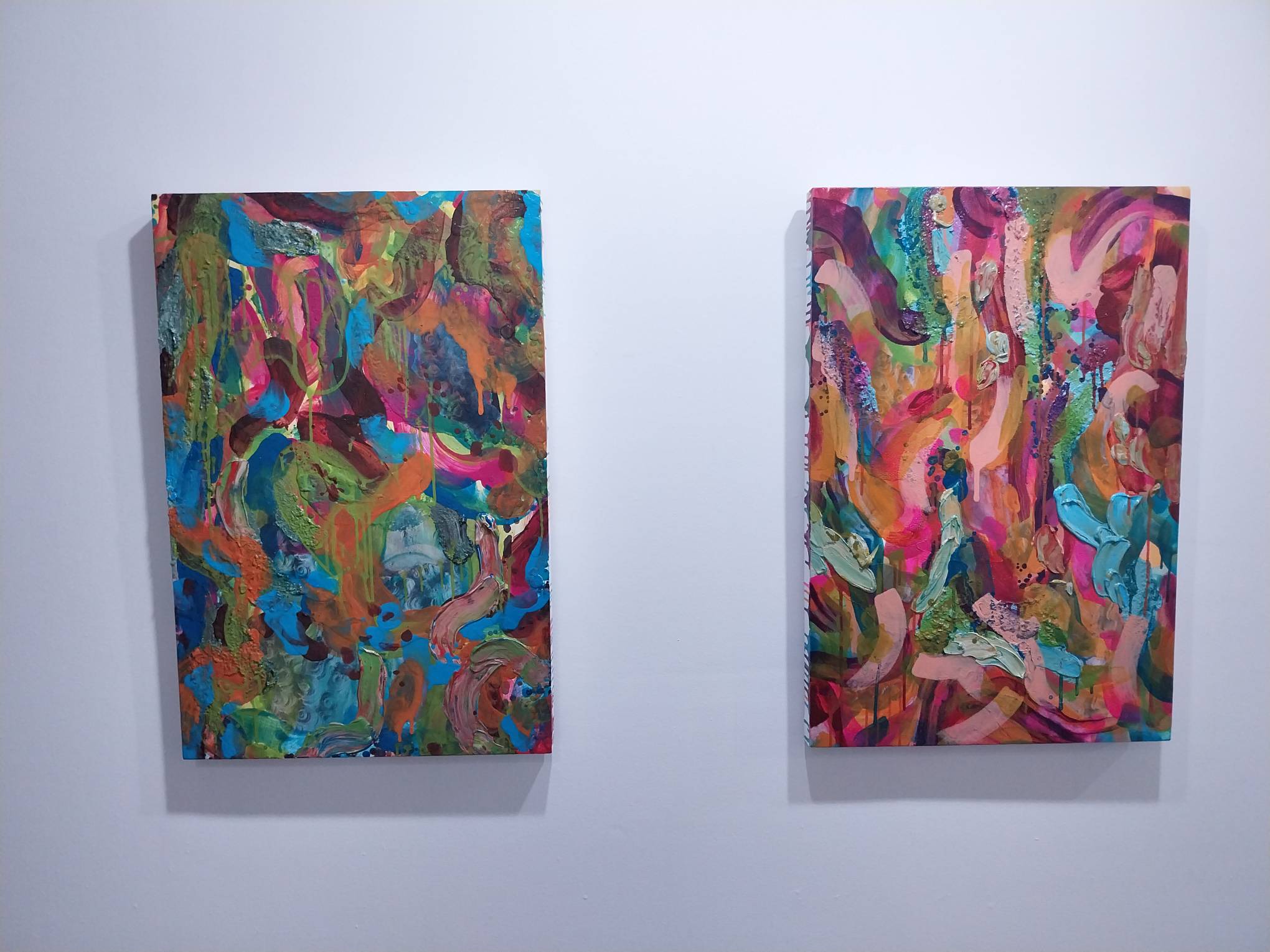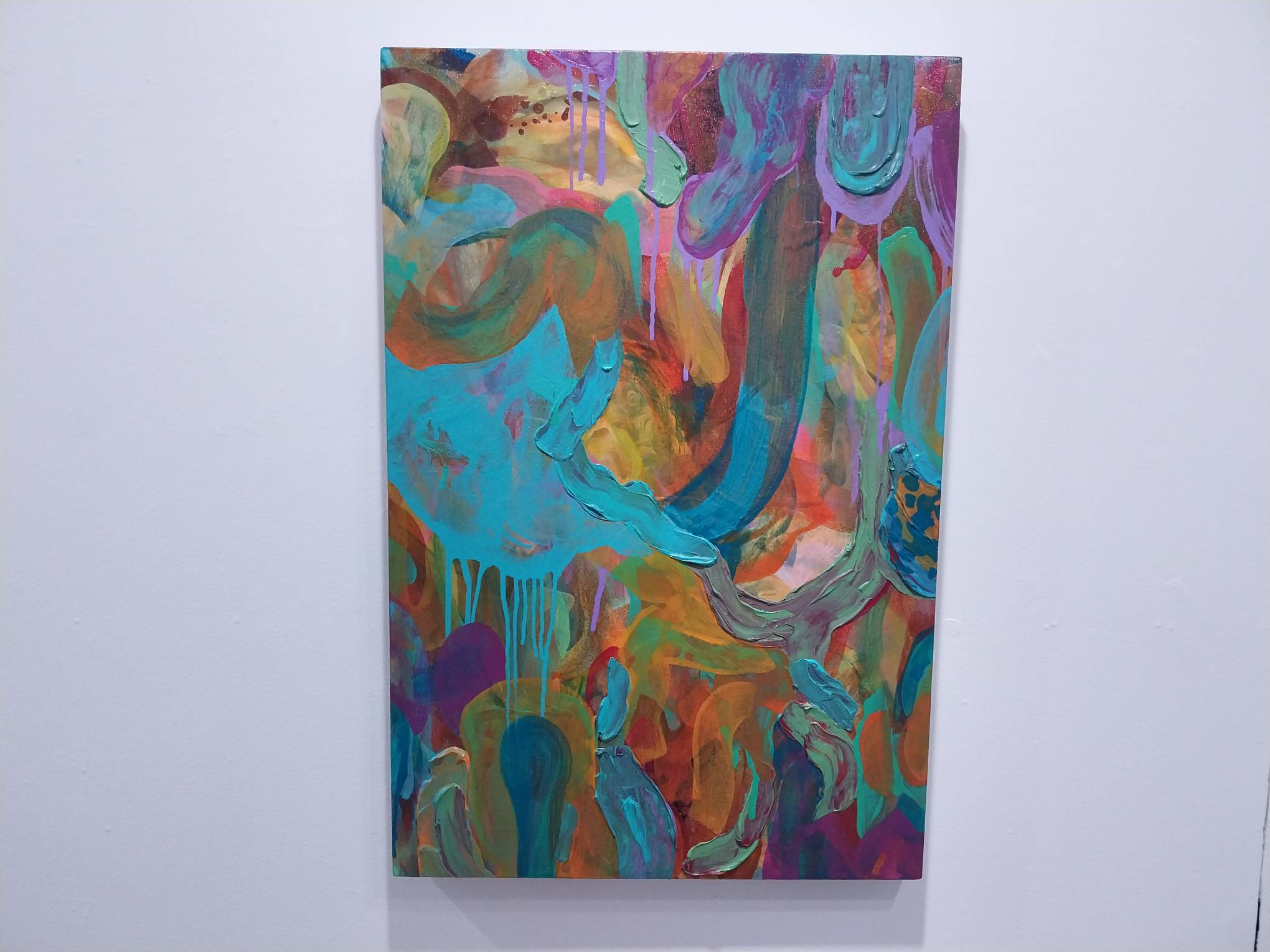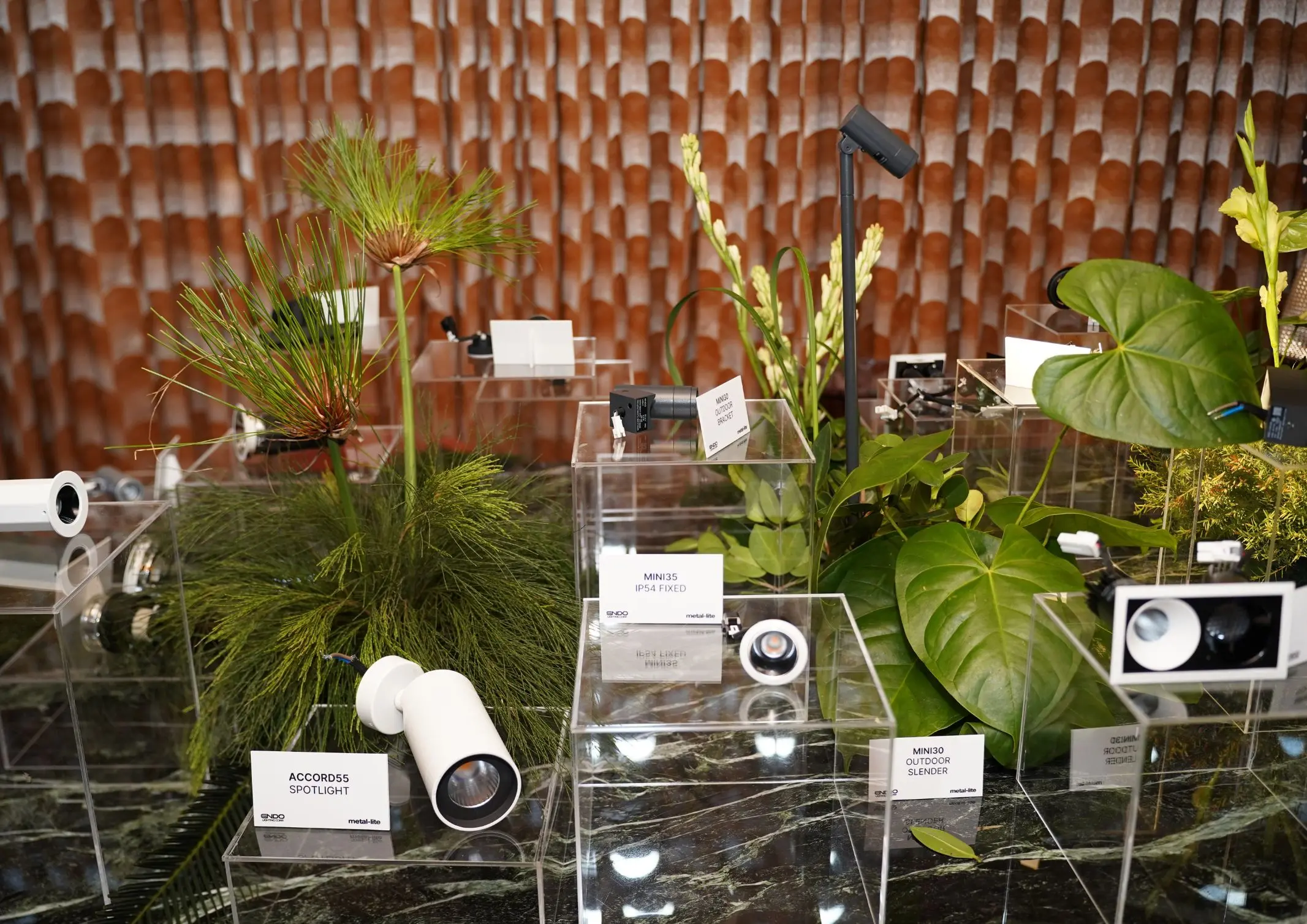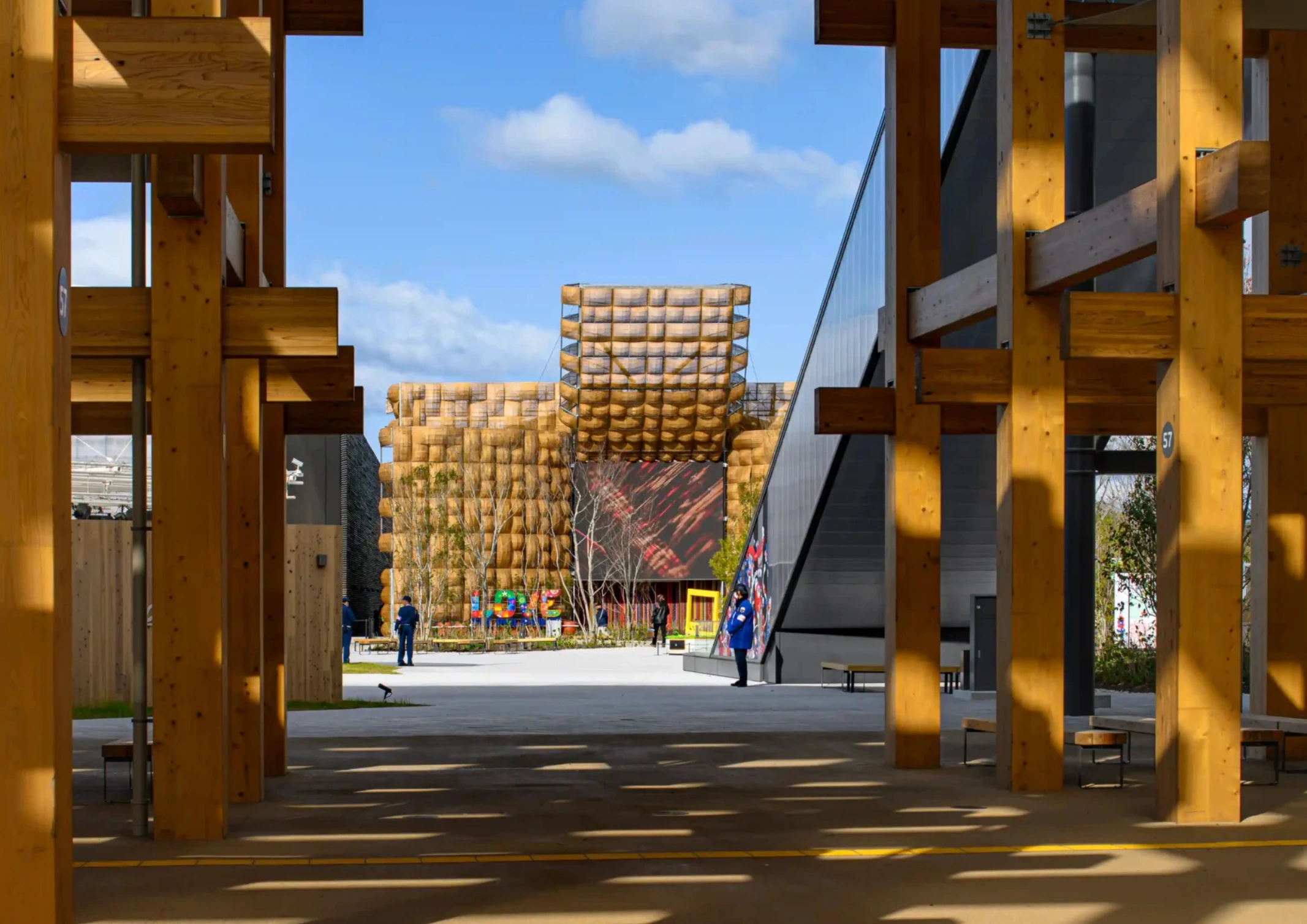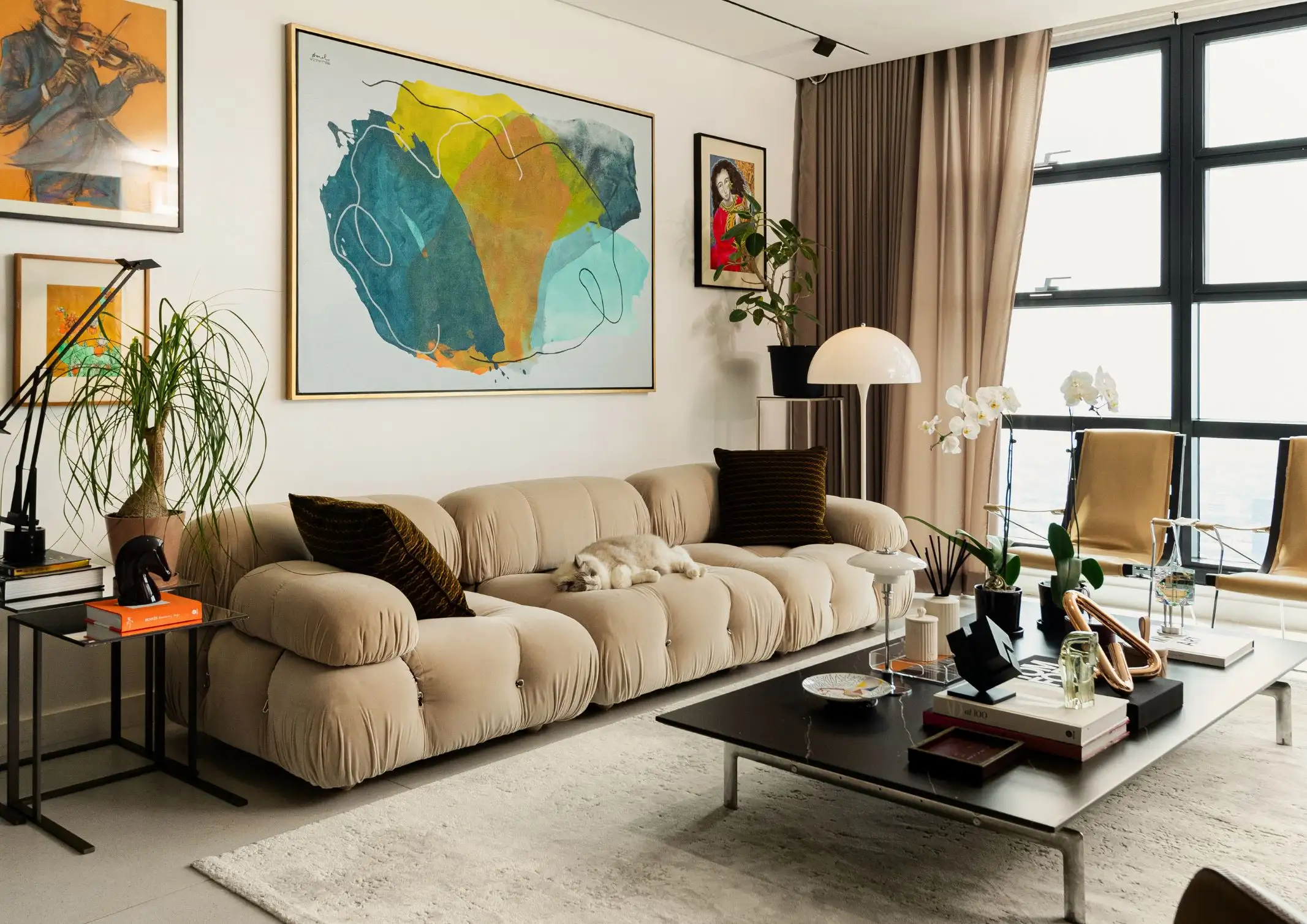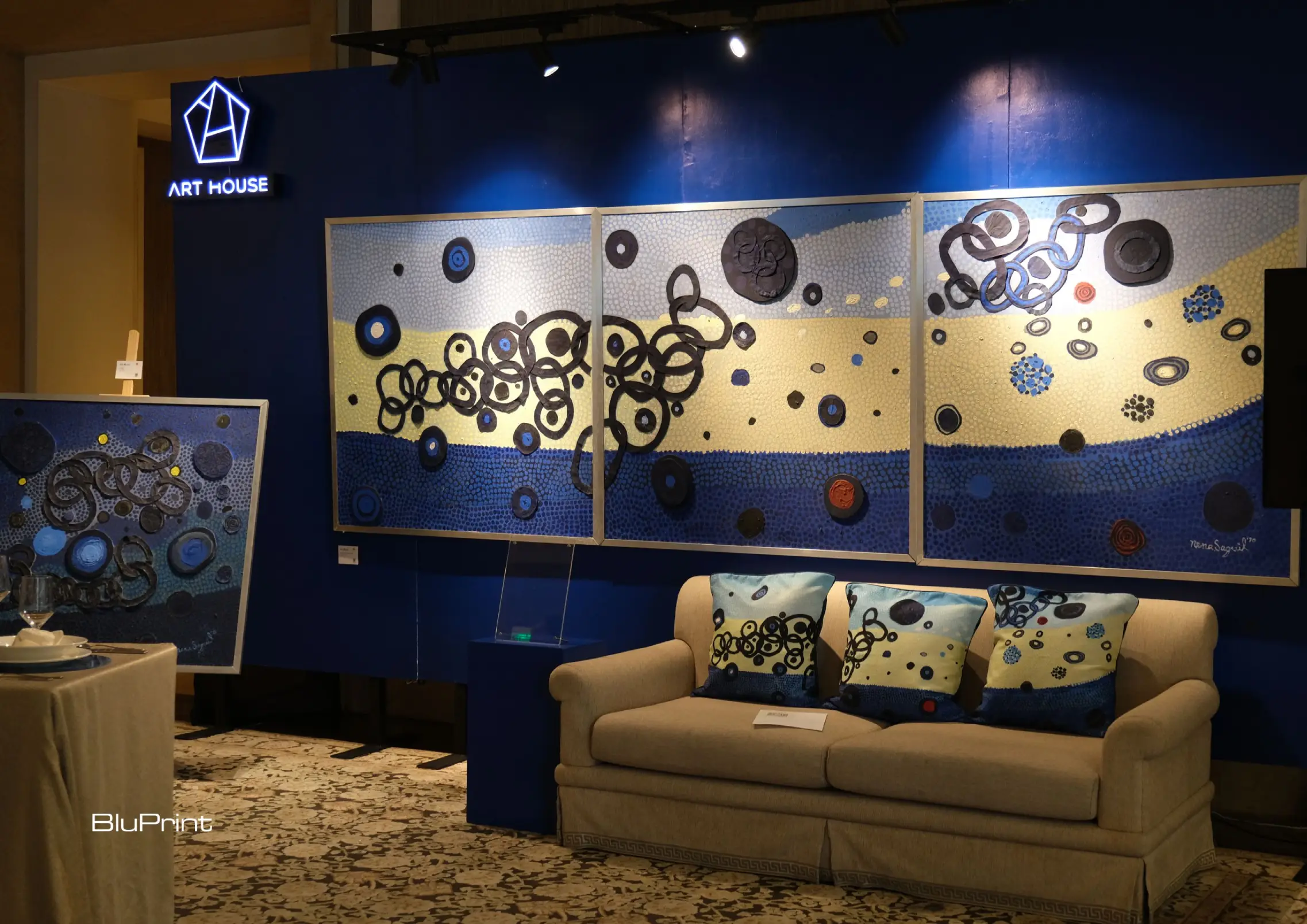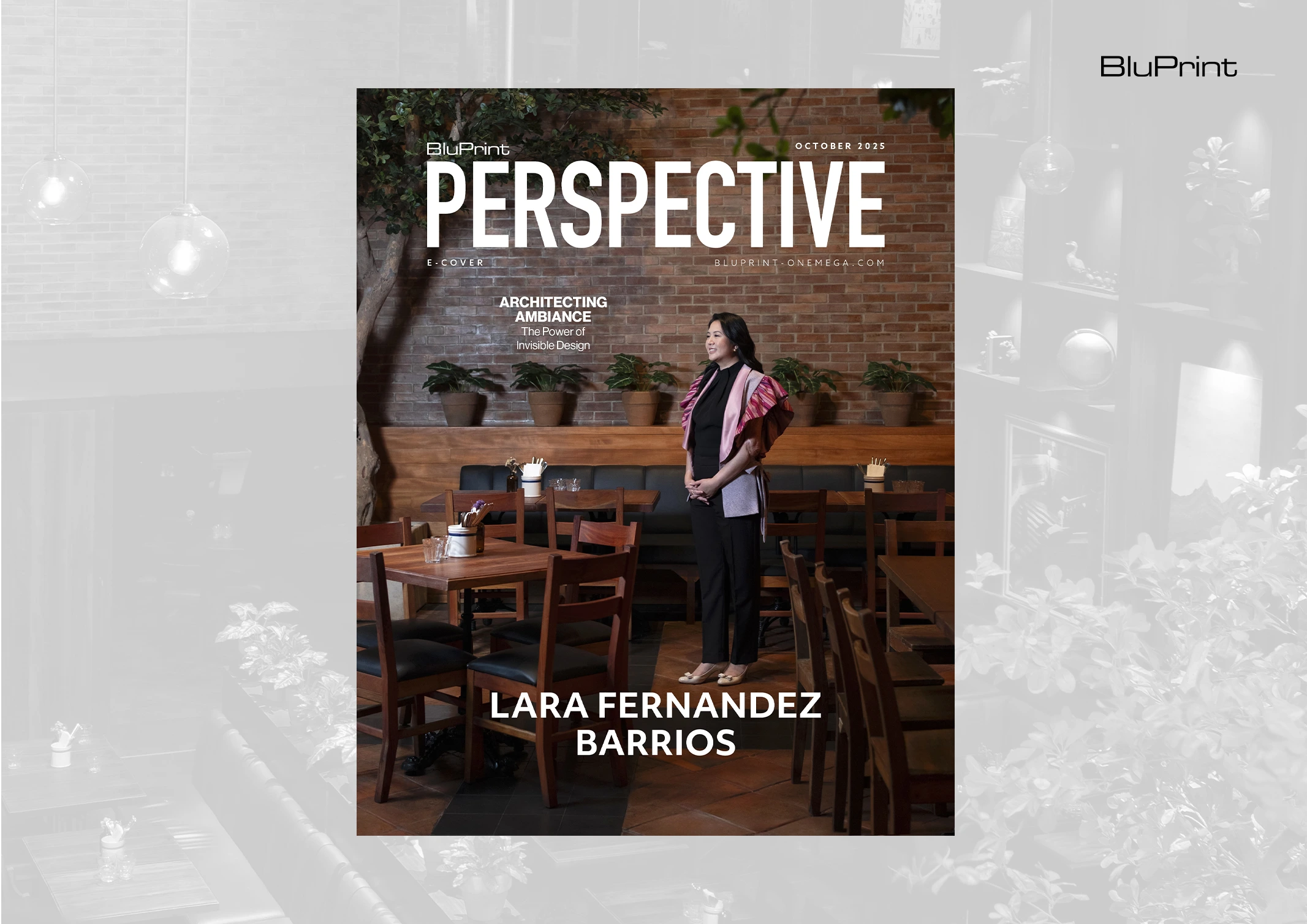Light is no longer a static utility; it is a dynamic, primary architectural material. More than just revealing form and texture, it has the profound ability to influence mood, sharpen focus, and support our well-being. This was the powerful thesis demonstrated at SYNCA, an immersive dinner experience presented by ENDO Lighting and Metal-lite, in partnership […]
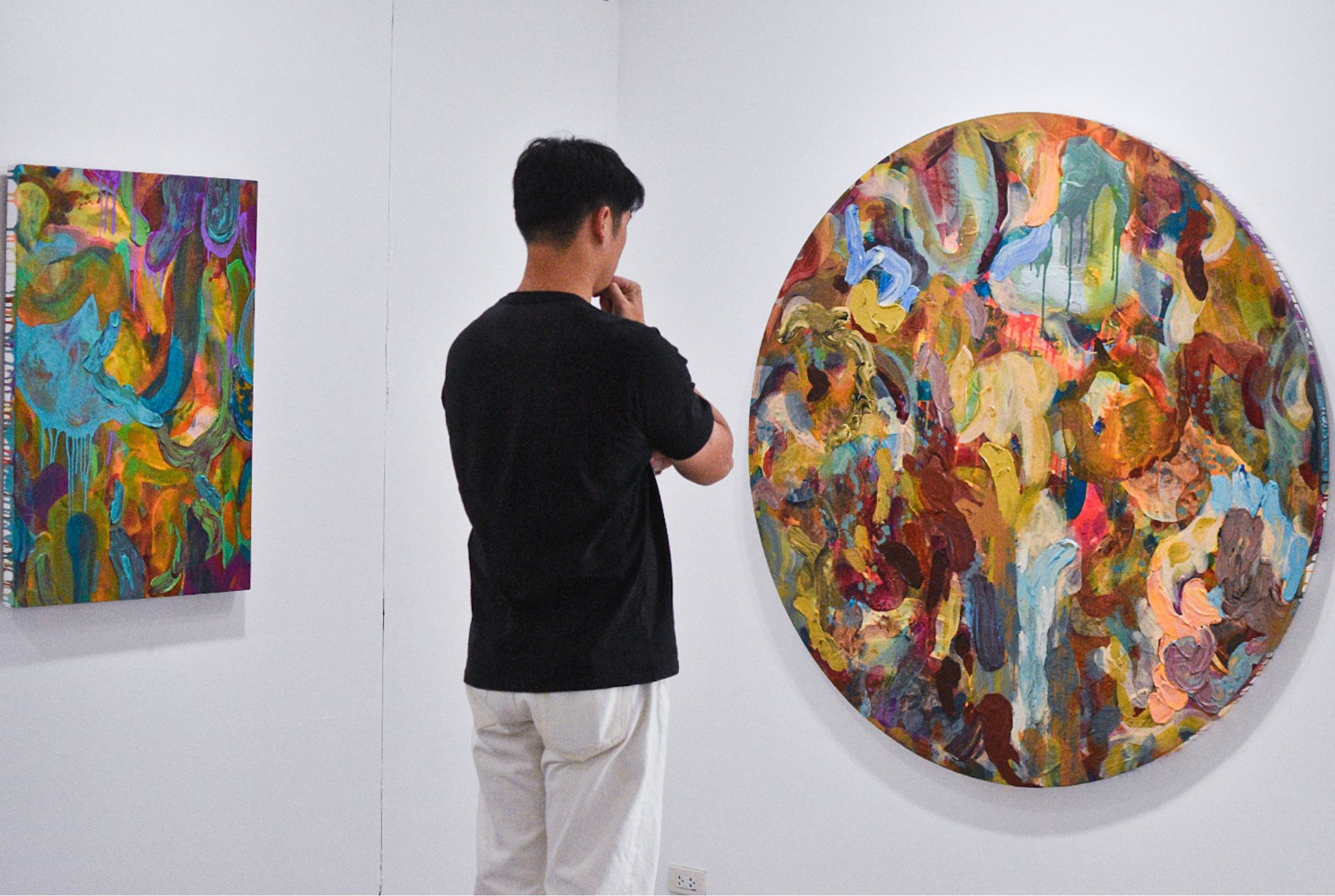
‘Storm in a Teacup’ Explores Abstraction in Printed Images
Artist Patrick de Veyra has always been obsessed with the idea of images and appropriation. As recently as last year, he curated two exhibits for Faculty Projects which tackle the idea of how we deal and define the images we use today. Storm in a Teacup, his most recent exhibition at West Gallery, circles around the same ideas of image appropriation.
“Part of my exploration is to break down the printed image and use it as visual stimuli for a work that tackles gestural abstraction and appropriation,” he said. “There is a relationship between the painted and the printed; it almost is like a commentary on technology and humanity.”
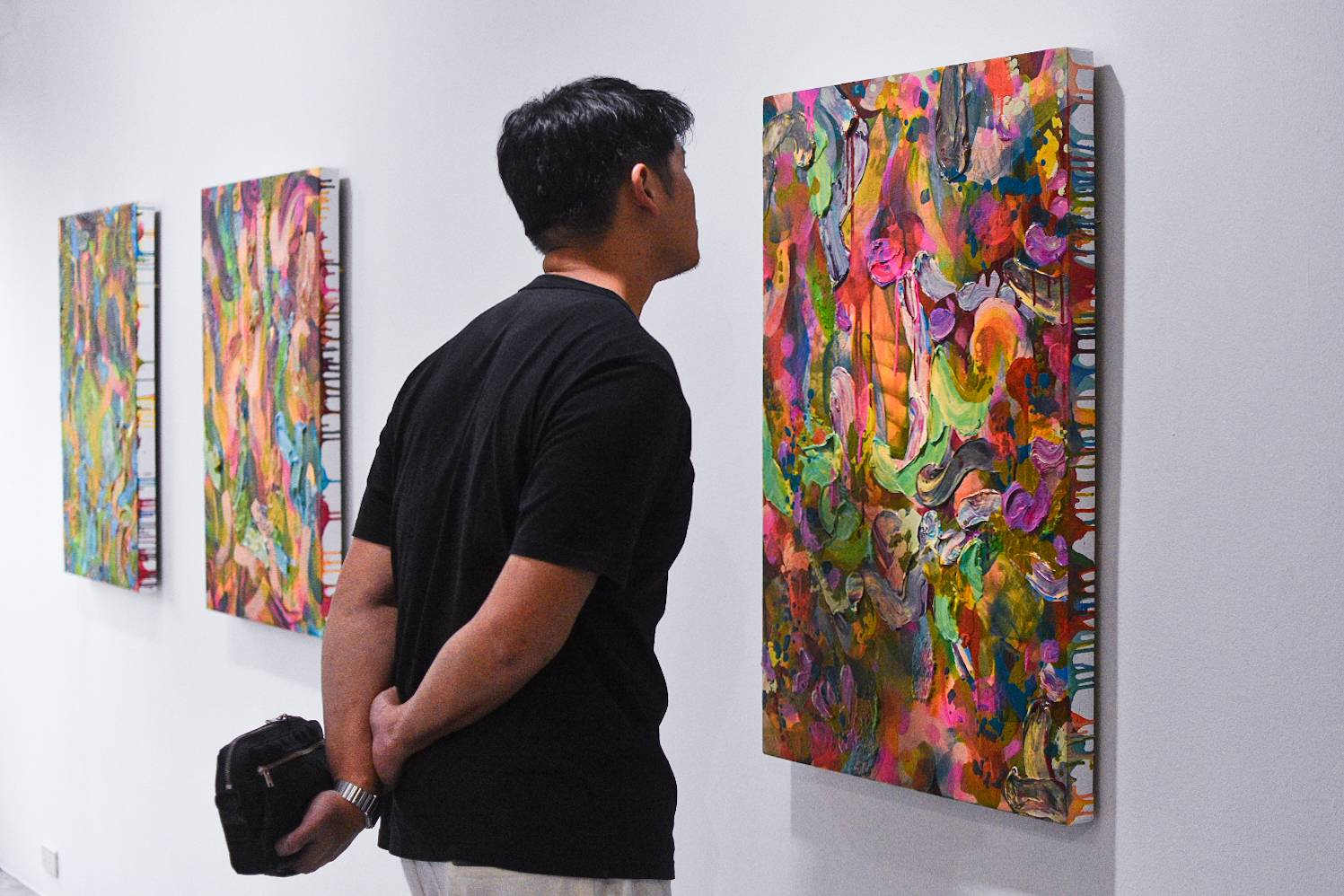
But there are headier ideas here, and Storm in a Teacup showcases Patrick de Veyra at his most conceptual. He creates new meaning through his methodology, utilizing touchpoints of abstract art to obscure the essence of an artwork and really ask what purpose is in the images we see every day.
Seeing Images in a New Light
For Storm in a Teacup, Patrick de Veyra utilizes images from open-access databases of museums around the world, and then layers them on top of each other.
It’s not just one layer of images and another layer of paint. In some, he uses a specific type of paper as a way of imprinting the image onto the paint itself, before adding more layers on top of it.
“Actually, the works here, they do not exist on a singular plane,” he said. “They are not transferred on a singular plane. If you look closer, there are some images transferred onto the canvas, which is the base of the work. But a lot of the images are also transferred onto the actual paint. So when the paint cured, I transferred on top of it.”
Distortion of Images
These paintings end up distorting, in a way, whatever images are printed on top of it. The brushstrokes come in short bursts, trying to wiggle on top of the image and each other. At times, the colors drip downward, coating over other layers of paint and images in the process.
“I didn’t want to just have one layer of appropriated images, because I want to keep on reacting,” de Veyra explained. “Being able to keep on reacting to the process; visual stimuli. Because if I have one layer of printed imagery, then the only way I could react to it is through paint.”
An intentionality exists with the abstraction, in the way that the images are obscured by the paint. It mimics the hyperactive visual environments of today, with all its distracting variability, so that even the images meant to be appreciated become nothing more but detritus in an overbursting visual world.
“I want to be able to react also with the appropriated images,” he added. “That’s why the appropriated images are also situated in areas: on top of the paint, [and] the surface itself. And then, I would overlay paint again, so they become suspended in layers of gestural abstraction.”
Commenting on Mass Perception and Production
For additional context, Patrick de Veyra shared that growing up, his family home had a printing press. His family did mass production printing like offset lithography for corporations. This became de Veyra’s first exposure to art and it influenced his perspective of the practice.
From there, he ruminated on the idea of “visual tolerance,” or how images tend to lose their power and meaning the more times we see them; they become part of the background of the world instead.
“This [exhibit] is my way to comment on visual tolerance,” he said. “Because when you have a printed image, a mass-produced image, that is basically the epitome of visual tolerance. You see it again and again to the point that you don’t see it anymore; you lose the grasp of the details of the image. It becomes like a peripheral image.
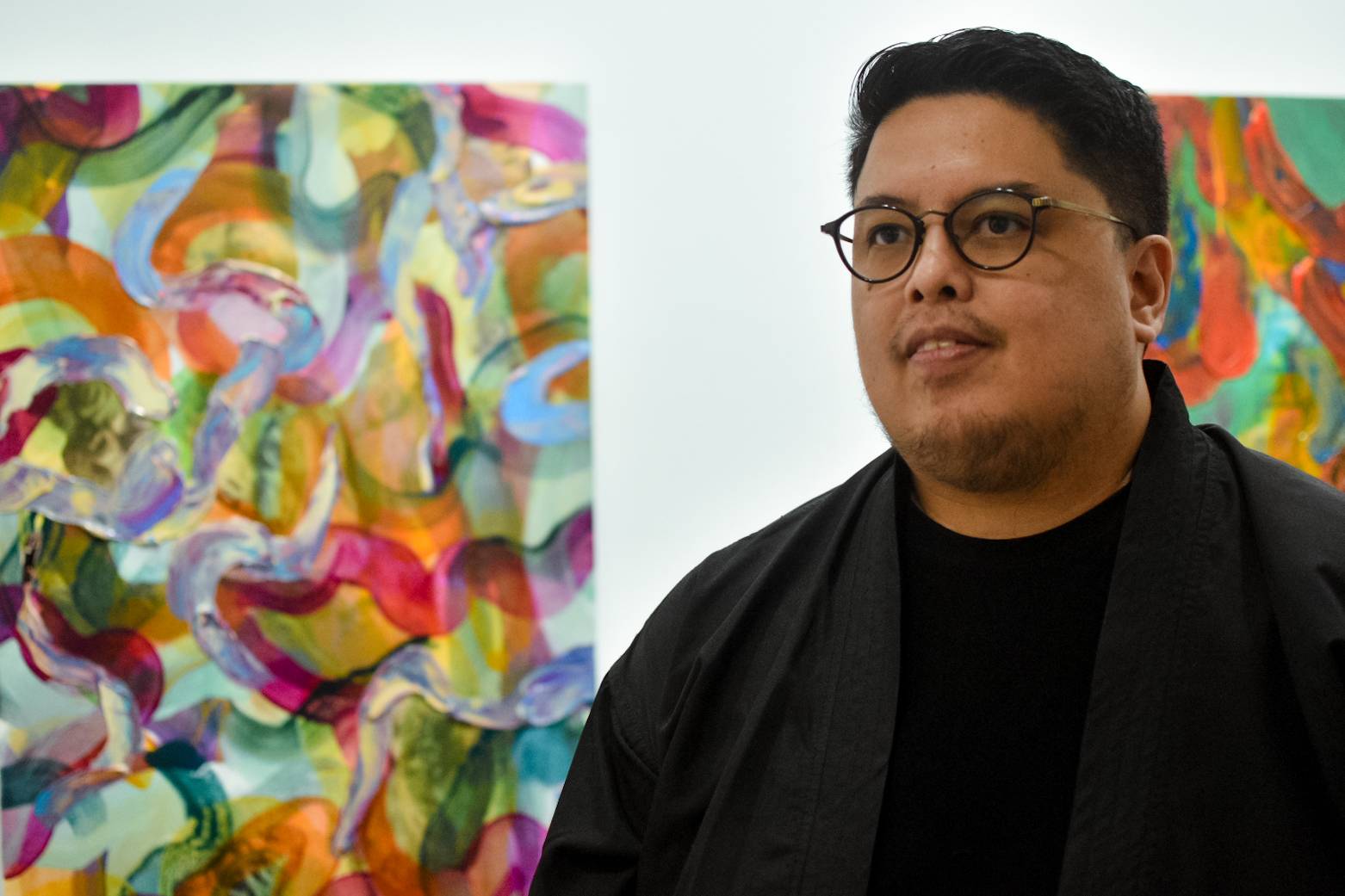
“So, this is my way of lifting it from that space, and bringing them into a more immediate space, which is the immediacy of painting. [Those ideas are] a key component of a gestural work, a gestural abstraction painting, but with key components that are appropriated [instead].”
Storm in a Teacup is showing at West Gallery until March 29.
Photos provided by the artist unless otherwise stated.
Related reading: Finding Order Within Chaos: Patrick de Veyra’s Fifth Solo Show

